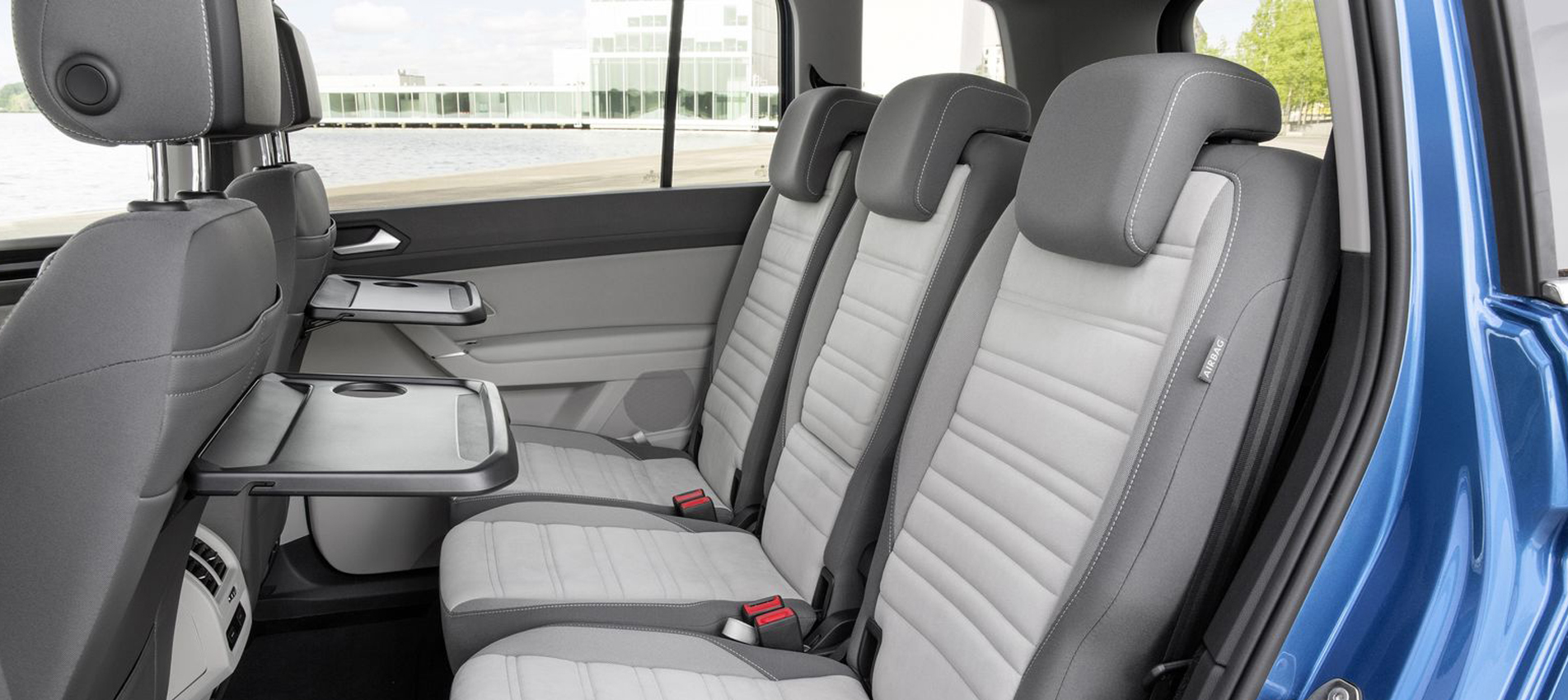Tanger en
The City of Tangier
Location, demographics and climate. Tangier is the main city and the largest port in north of the Kingdom of Morocco. The city is 27 km from the southern tip of Spain and 65 km north-west of the city of Tetouan.
The city of Tangier has a population of 947,952 inhabitants.
The climate of the city is warm and temperate. The average annual temperature is 17.9 °C. January is the coldest month in the city of Tangier. January has an average temperature of 12.3 °C, while August, the hottest month, has an average temperature of 23.9 °C. The average annual rainfall amounts to 762 mm.
History. There are few cities with a history as rich as that of the city of Tangier. The city was a Phoenician trading post in the first millennium B.C. before it later became Carthaginian. It was in 81 BC that the city was conquered by Rome at the expense of the Moorish King Bocchus 1st. It was later recaptured in 38 BC by Bocchus II. Free in AD 42, Tingis became the capital of the Roman province of Mauritania Tingitana. In the sixth century, the city was occupied by the Byzantine Empire before the arrival of the Arabs in the seventh century. In 951 it was annexed by Abd al-Raḥmān III of Córdoba, the first Caliph of the western Umayyad dynasty until the caliphate collapsed 80 years later. Tangier became Moroccan again under the Almoravids, until its conquest by the Portuguese in 1471.
Tangier and Portugal came under Spanish domination in 1580 and then again under the domination of Portugal, which became independent in 1656. The city was then transferred to the English crown as a dowry to the wife of Charles II, Catherine of Braganza. The English abandoned it in 1684. Since then it has always been part of Morocco.
With the advent of the French protectorate in 1912, Tangier was under a unique international regime with Great Britain, France, Spain, the Netherlands, Belgium, Sweden, Portugal and Italy as administrative powers following the adoption of a final statute in 1923. This international status remained in force until Morocco’s independence in 1956.
Tourist places. The city of Tangier, extremely rich in history, conceals a large number of tourist places. Among these are: Cape Spartel, the Kasbah of Tangier, the Medina, the Kasbah Museum, Petit Socco, Moses Nahon Synagogue, the Terrace of the Lazy, Gran Mezquita, Punta Malabata, the Phoenician Tombs, the Column Bookshop and the Tomb of Ibn Battouta.
